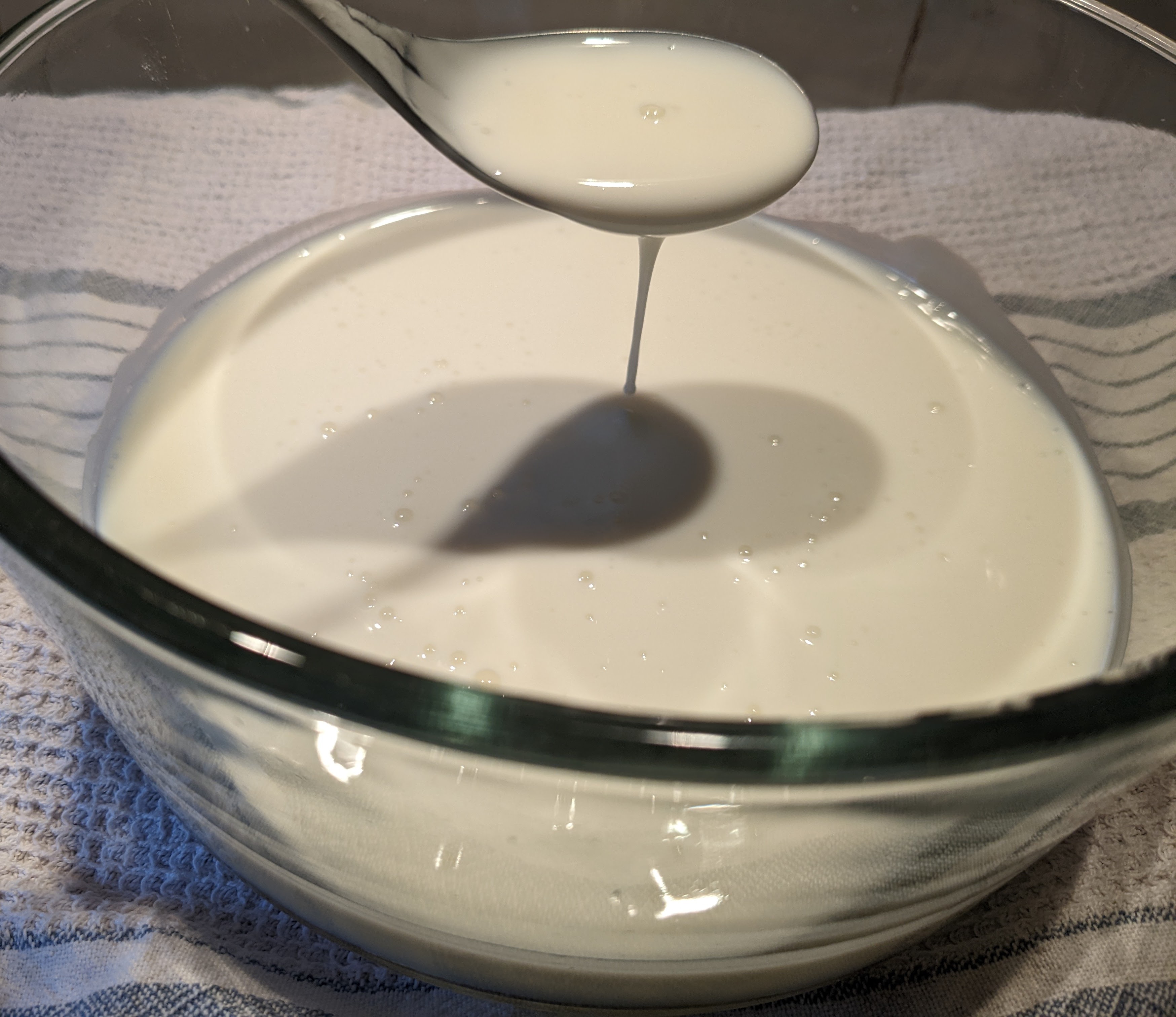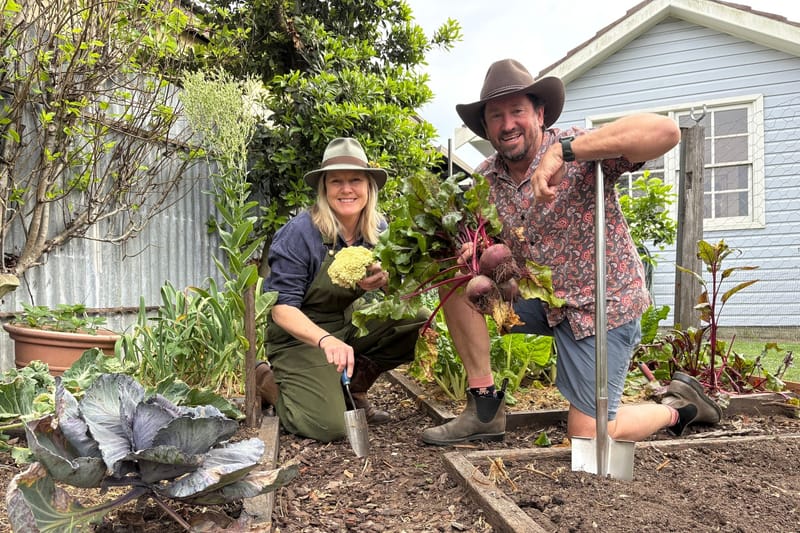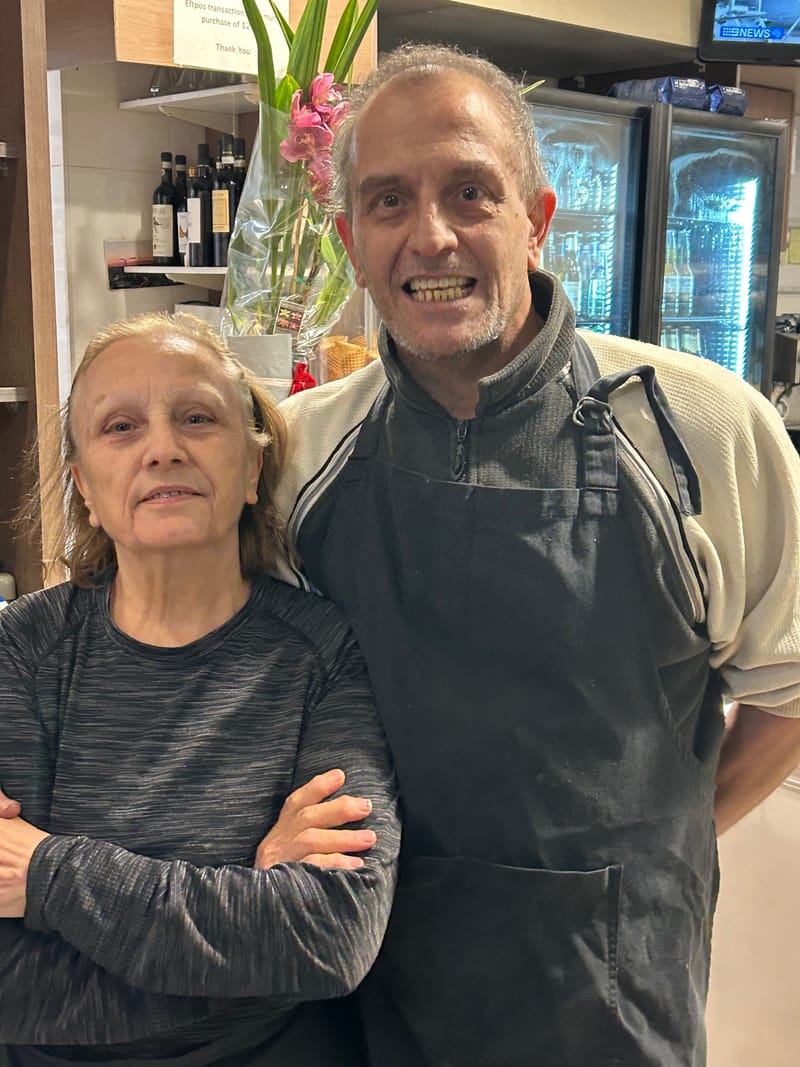Let’s talk about buttermilk
Traditionally, buttermilk is the sour whey that remains after cultured cream (crème fraiche) is churned or agitated to make cultured butter. In modern society, butter is not commonly made from cultured cream so industrial buttermilk is made by...

Traditionally, buttermilk is the sour whey that remains after cultured cream (crème fraiche) is churned or agitated to make cultured butter.
In modern society, butter is not commonly made from cultured cream so industrial buttermilk is made by inoculating skim milk with a culture. This produces a liquid that is more viscous than traditional buttermilk and is readily available in supermarkets.
Either way, buttermilk contains lactic acid, which can be put to good use in various dishes. It can be used to marinate and tenderise meat, as a seasoning (instead of lemon), in buttermilk pancakes (reacts with bicarb soda to make very light pancakes), scones (see Diane’s buttermilk scones) and in salad dressings.
A quick and easy buttermilk substitute can be made by adding 20ml of lemon or vinegar to a cup of milk and letting it sit at room temperature for a few minutes.





